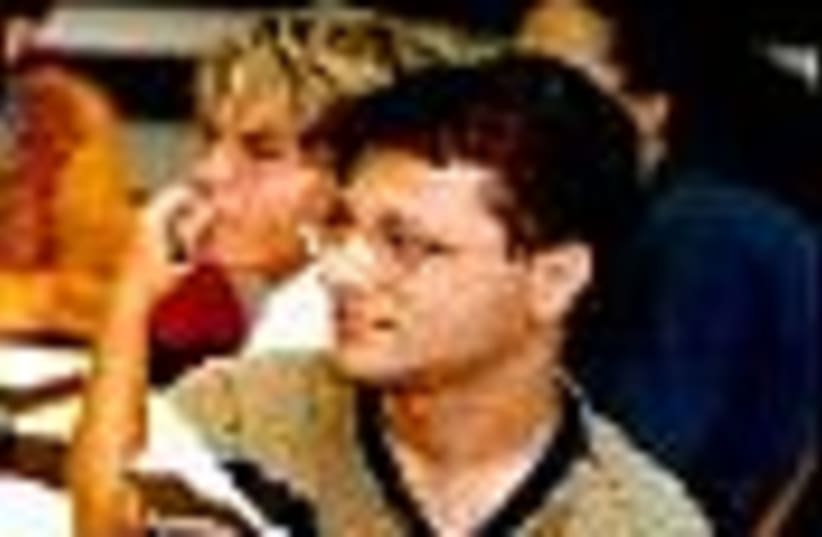| More about: | David Ben-Gurion, Houston, Hebrew University of Jerusalem, Mevaseret Zion |
Learning close to home
Hebrew Union College Year-In-Israel program is thriving, with numbers higher than ever.


| More about: | David Ben-Gurion, Houston, Hebrew University of Jerusalem, Mevaseret Zion |